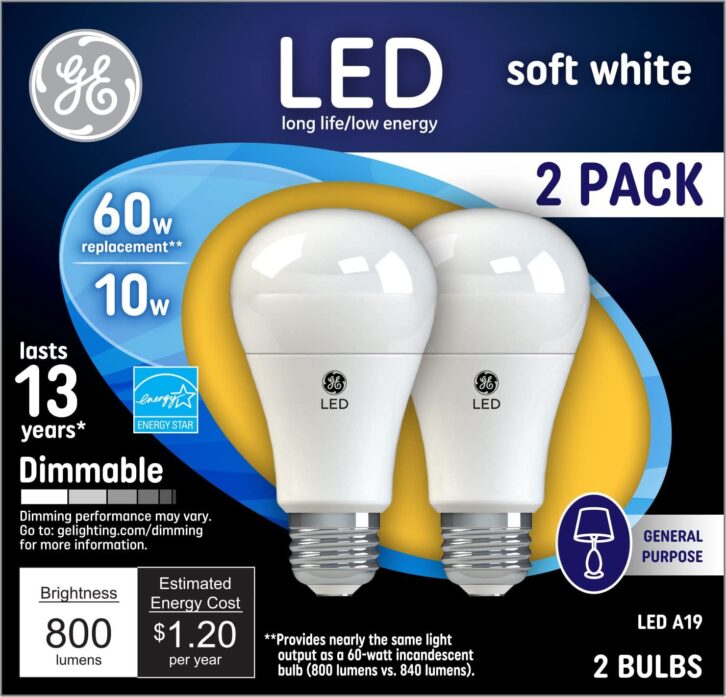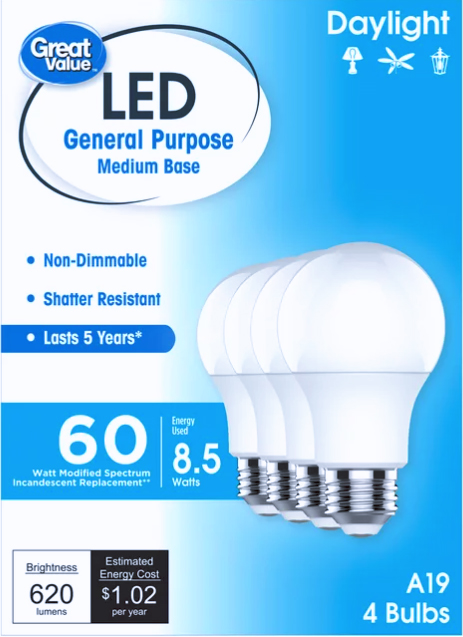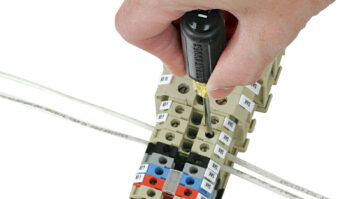During the summer I had occasion to refresh neglected lightbulbs around our summer home. Those wonderful and warm incandescent bulbs were burning out.
But I was pulled into the 21st century like an uncooperative dog on a leash. As of August, retailers are no longer allowed to sell incandescents in the United States. The bulbs are no longer sold.
Use one of those new LED lightbulb imposters?! Begrudgingly, I had no choice.
And I have discovered that manufacturers have completely different standards for brightness than my old eyes once knew.
My collegiate degree was in theater lighting. I will always be attuned to specific color temperature and luminescence. I know what to expect and exactly how it should look.
I had to laugh when I delved into the world of LED home lighting, though I admit things have come a long way since the beginnings of “efficient” light mercury-filled curlicues that would poison you with the slightest break and make your eyes wince from foul-looking light colors.
Today’s LEDs seem to be much improved, with low RF noise and a resemblance to the simple filament lamps of the past.
But I was trying to match the brightness of two 40-watt lamps hanging above a dinner table. One was a surviving incandescent. The 40-watt LED “replacement” I had on hand was a weak excuse for that level of brightness.

The package of the LED bulb at least was honest about what lay inside, but you have to read very, very carefully.
You need to concentrate on the most important specification. While “Watts” is a measurement of used energy, “lumens” tell the real story: exactly how bright the light is going to be when you turn it on.
I went back to my old schoolbooks and found these memories: General Electric sold the most popular A19 size lightbulbs in yellow corrugated sleeves. Its legacy Soft White series produced light with a warm and appealing color temperature of 2700 degrees Kelvin. Here are the claimed luminosity levels for each wattage they offered at the time:
15 watts = 100 lumens
25 watts = 210 lumens
40 watts = 490 lumens
60 watts = 840 lumens
75 watts = 1170 lumens
100 watts = 1690 lumens
150 watts = 2680 lumens
200 watts = 3405 lumens
By comparison, a modern GE LED A19 60-watt equivalent produces 800 lumens, down from 840 lumens. Buy a Great Value LED 60-watt equivalent at Wal-Mart and you go way down to 620 lumens.

The moral of this story: Read your lightbulb labels carefully and use the number of lumens as your guide. The “replacement wattage” figures can be inaccurate and even misleading. Caveat emptor! May the buyer beware.
Comment on this or any story. Send a letter to the editor to [email protected].











